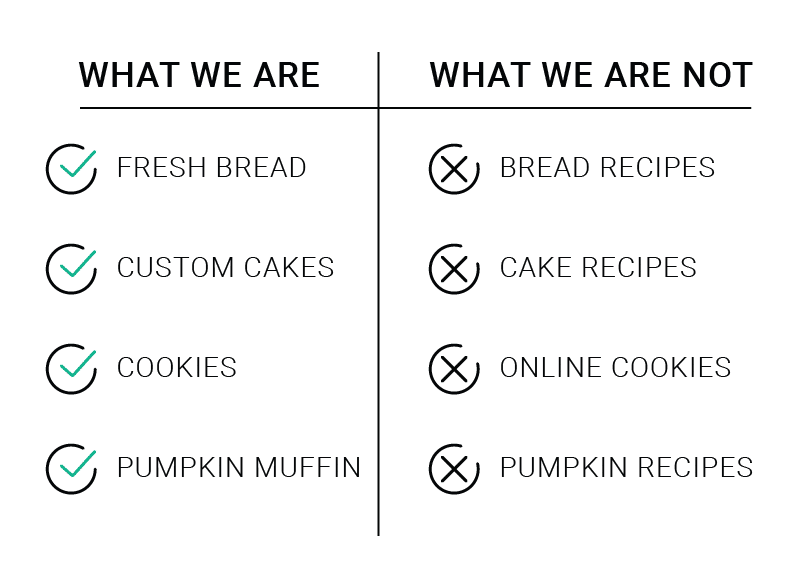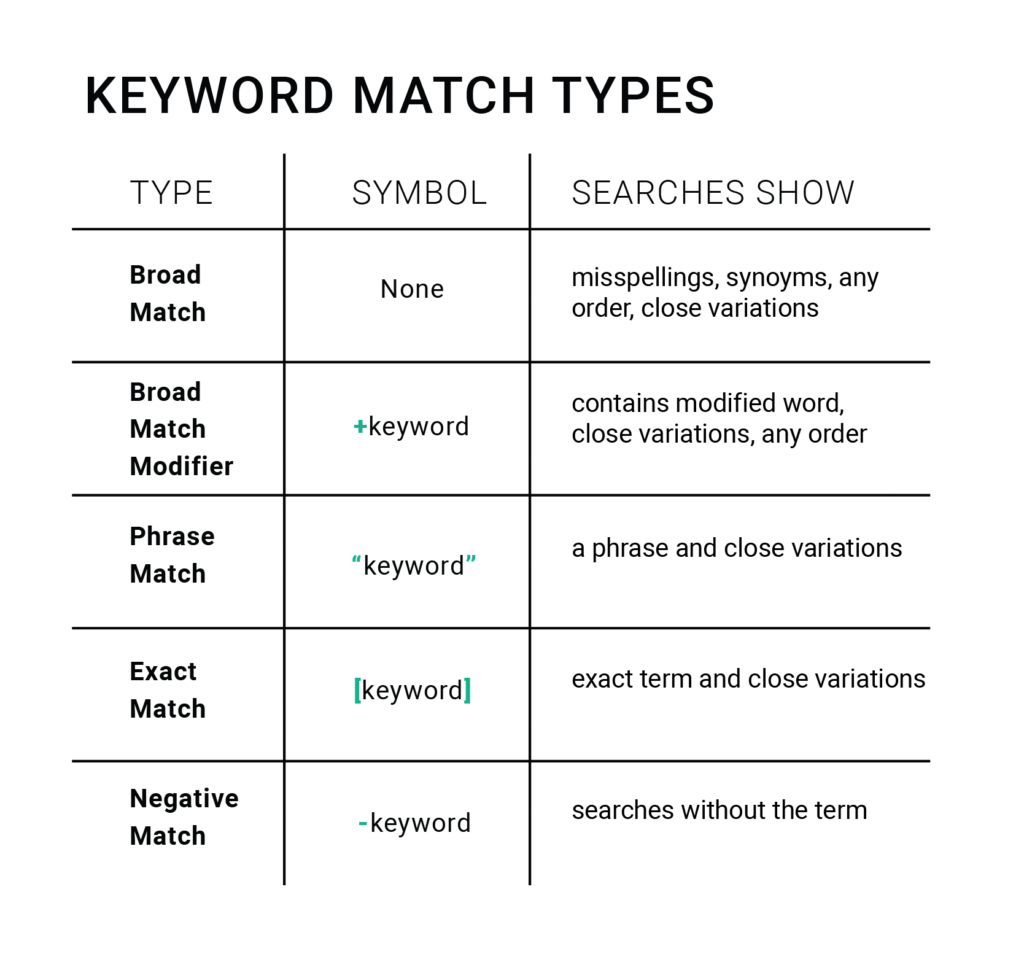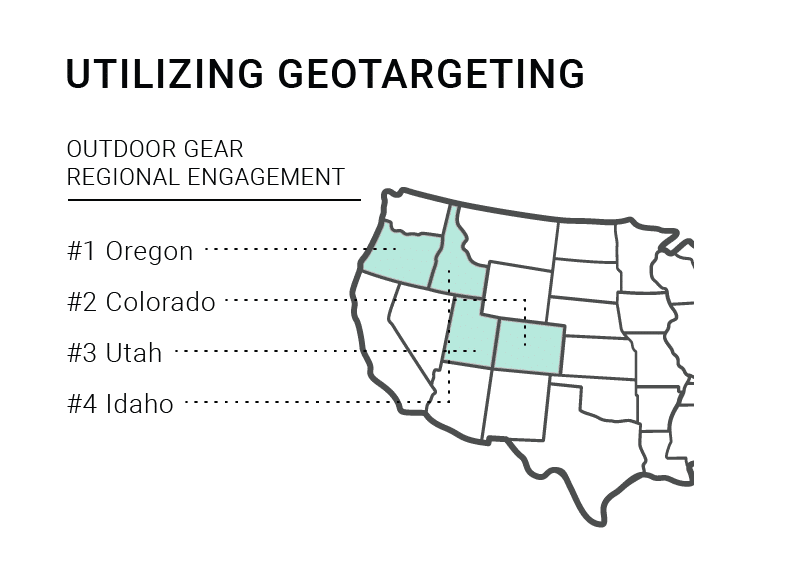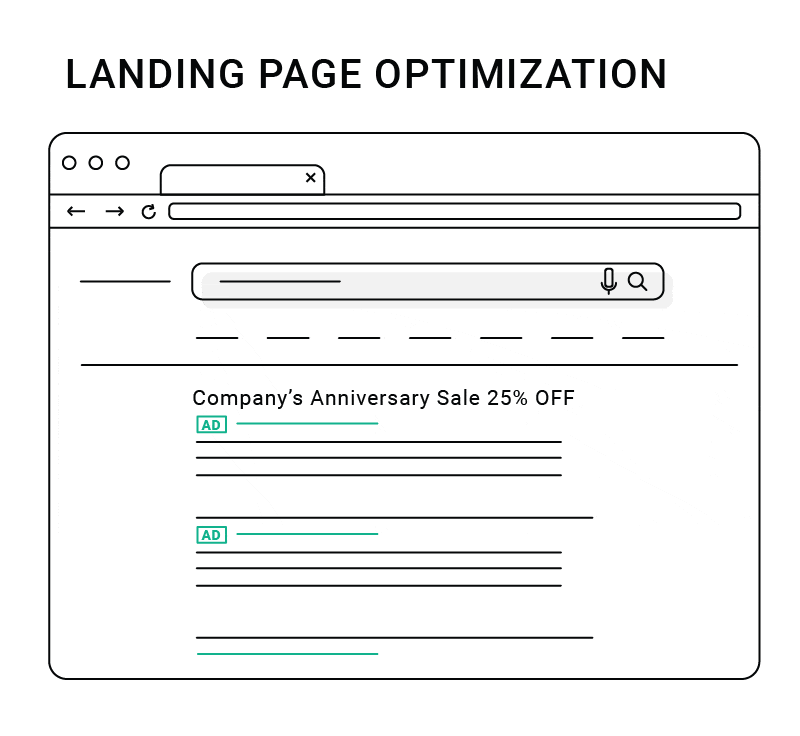Introduction
Google AdWords helps small and big businesses alike set up their advertising campaigns with ease. The platform gives you the ability to be as broad or refined as you want with your advertising. There are various targeting options, ensuring that you have the opportunity to reach your ideal customer. All of these targeting options can seem daunting and if you don’t leverage them correctly you will waste a lot of your advertising budget. Here are some tips on how to optimize your Google AdWords advertisements.
#1 – Do Your Research
Understanding customer demand is the first step toward mastering AdWords. Create a profile(s) of the interests, searching habits, and values of your ideal customer. In addition to the potential customer’s lifestyle, it is important to narrow down the geographic location. A person’s geographic location will affect their needs. For example, someone in Arizona won’t need a snow jacket like someone in Colorado.
Brainstorm words related to your products that your ideal customer would search. Keep in mind the intent behind their searching. Are you trying to target someone who is casually browsing or someone who already knows what they want? Focus your keyword research specifically on these factors. The more refined your keywords are the more effective your ad will be.
#2 – Optimize Negative Keywords
While it is important to tell Google what your offerings are, it is also important to tell Google what they are not. Optimizing your ad for negative keywords prevents disinterested searchers from stumbling upon your landing page. For example, if you run a bakery you wouldn’t include recipe keywords or website cookie searches.
By optimizing negative keywords, you focus your resources specifically toward your ideal customer. Ads using negative keywords will provide you with accurate leads who will increase your conversion rate. When you weed out related searchers, you avoid over-saturating uninterested leads who could be future interested leads.

#3 – Use Keyword Match Types
Google’s goal is to show the searcher the most relevant results. The same goes for ads. AdWords are reliant on user intent. The ads that appear on the search page are the ones that AdWords deems best for the user’s search goal. To optimize your keywords for the user’s intent, AdWords has provided various keyword match types that narrow the audience who sees your ad.
Although it seems somewhat counterintuitive, narrowing the audience that sees your ad will provide the best results. While a high click-through rate (CTR) can be good, it’s more important to have a high conversion rate. When you narrow your scope, you decrease your CPC and increase your conversion rate because the campaign is more focused.
Here are the keyword match types AdWords provide:

The smoother a user’s experience is, the more effective your ad will be. The better you target your ideal customer, the easier their experience is, and the more likely they will make a purchase. Avoiding broad match types and staying specific in the other match types will give your ad a higher quality score on AdWords. The quality score is based on the quality of the user’s experience. When the ad is relevant to a search, the quality score goes up. Google will rank ads based on their quality score, therefore, the more refined your ad is the higher it will rank.
#4 – Utilize Geotargeting
The geographic location of a person can say a lot about their habits. Someone on the East Coast has different needs and values than someone in the Southwest. Geotargeting your ads is a great way to further refine your ad keywords. Integrating the geographic needs of your customers in your keywords will make your ads more effective.

Looking at where your highest engagement is coming from is a great first step toward geotargeting. Once you know your engagement hotspots, you can prioritize ad placements in those areas. Utilizing geotargeting hones your advertising efforts on the profitable areas. The results will not only save you money but will further engage your captivated audience.
#5 – Use Call Tracking
Tracking as much customer activity as possible gives you well-rounded data that helps you make insightful decisions. Data points that tend to get forgotten are incoming calls. They are difficult to track and are out of view most times when talking about website traffic. Tracking call activity, however, will fill in the missing data points you need to optimize your Google ads.
Although many leads will come through your website and make an online purchase, many people prefer to speak to someone before making a purchase. Using apps like CallRail will help you understand where your call leads are coming from and what motivated them to give you a call. Rather than having a collection of area codes and call durations, CallRail will provide you with data on what ads keywords prompted the call.
#6 – Setup Remarketing
Many potential buyers won’t make a purchase the first time they click-through to your website. Buyers need to process the purchase first. However, during this processing period, they tend to forget about the purchase altogether. Remarketing prevents this from happening.
Remarketing campaigns target potential customers who have already visited your site. There are a variety of different types of remarketing campaigns to run. You can target people with ads that feature a product that they searched before. When people search for a specific thing, they have a high level of purchasing intent. By reminding them of the product they wanted, you are creating motivation to finish the purchasing process. Remarketing ads are even more motivational when you feature a sale price in the ad. Even if it is a minor sale, people are far more likely to purchase when they think they are getting a deal.
To create a remarketing campaign, narrow your audience to people who have visited specific pages on your site. A great way to further refine the ad is to target complementary pages. For example, if you run a massage service, you would choose people who have been on your landing page and your services page. This way you are only targeting people who have made it far enough into your site to show intent to buy.
#7 – Optimize Your Landing Page
Creating a great ad is about more than just generating clicks. Getting a person to click-through is the first step. You also need to provide them with a clean user experience. The goal of your ad is to convert a potential customer into a loyal one. Optimizing your landing page for the customer’s needs will achieve this.

When creating an ad landing page, the content on the page and the content in the ad should match. The customer should be able to click-through and have a connected experience between the ad and the website. Have a cohesive landing page prevents confusion and frustration.
The landing page needs to feature a clear, actionable path for the customer to follow (don’t just send them to the homepage). Both the ad and the landing page should have the same verbiage and visuals, creating a connected experience. Optimize the landing page for mobile users since the majority of ads are accessed via a mobile device. To further the user’s experience and to rank higher on Google, make sure the landing page has a fast loading time. When Google ranks ads it accounts for loading time.
Conclusion
Leveraging Google AdWords can elevate your company’s advertising game. Through the tools it provides, you can specifically target customers who are intent on making a purchase and in turn, save a lot of time, hassle, and money.
Sources
https://www.searchenginejournal.com/simple-adwords-tips/192929/
https://neilpatel.com/blog/google-adwords-tricks/
https://www.wordstream.com/blog/ws/2016/07/18/actionable-adwords-tips
https://www.digitalmarketer.com/blog/google-adwords-tips/
https://medium.com/swlh/7-tips-to-launch-a-successful-google-adwords-campaign-in-2018-945ca7ccfdea
